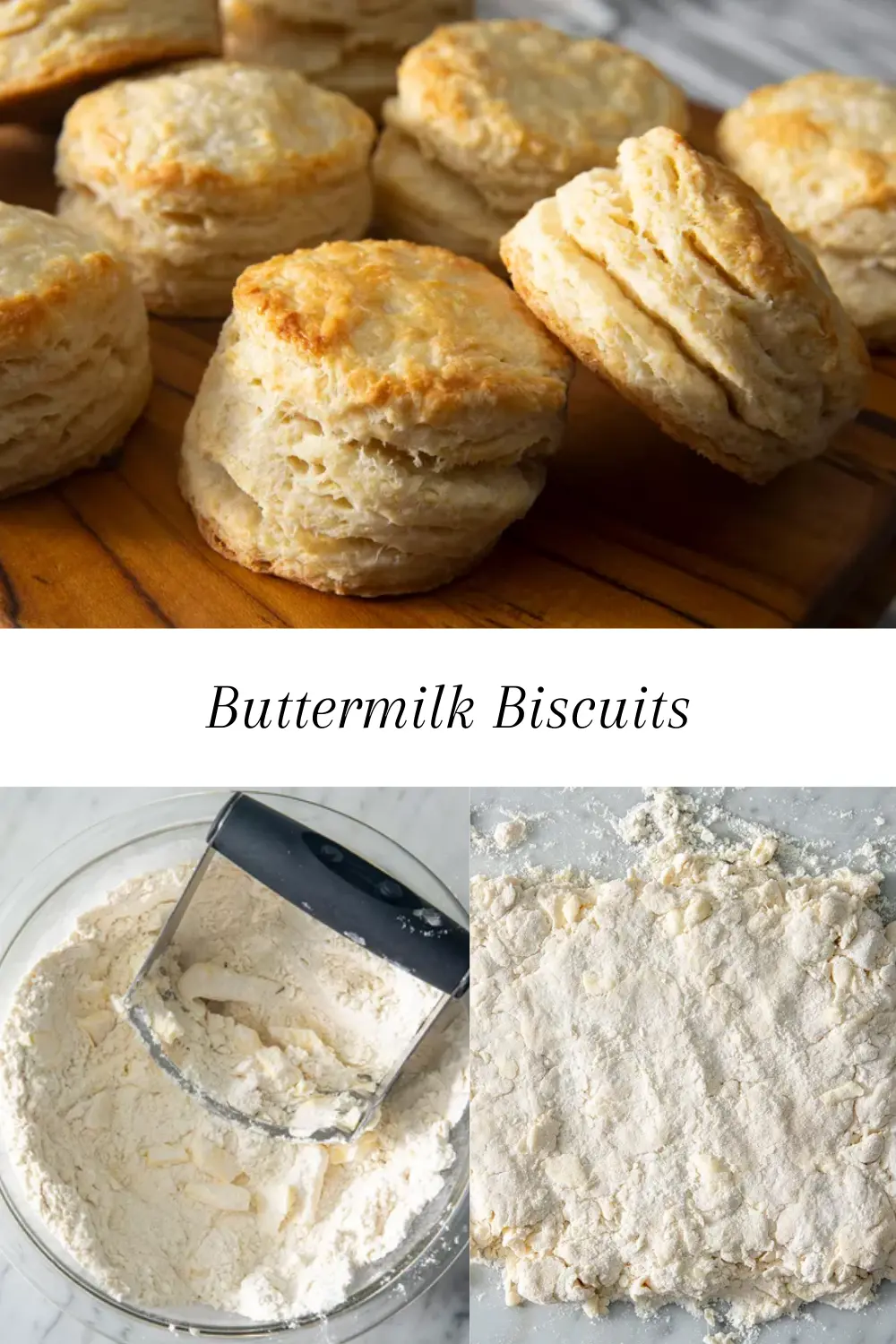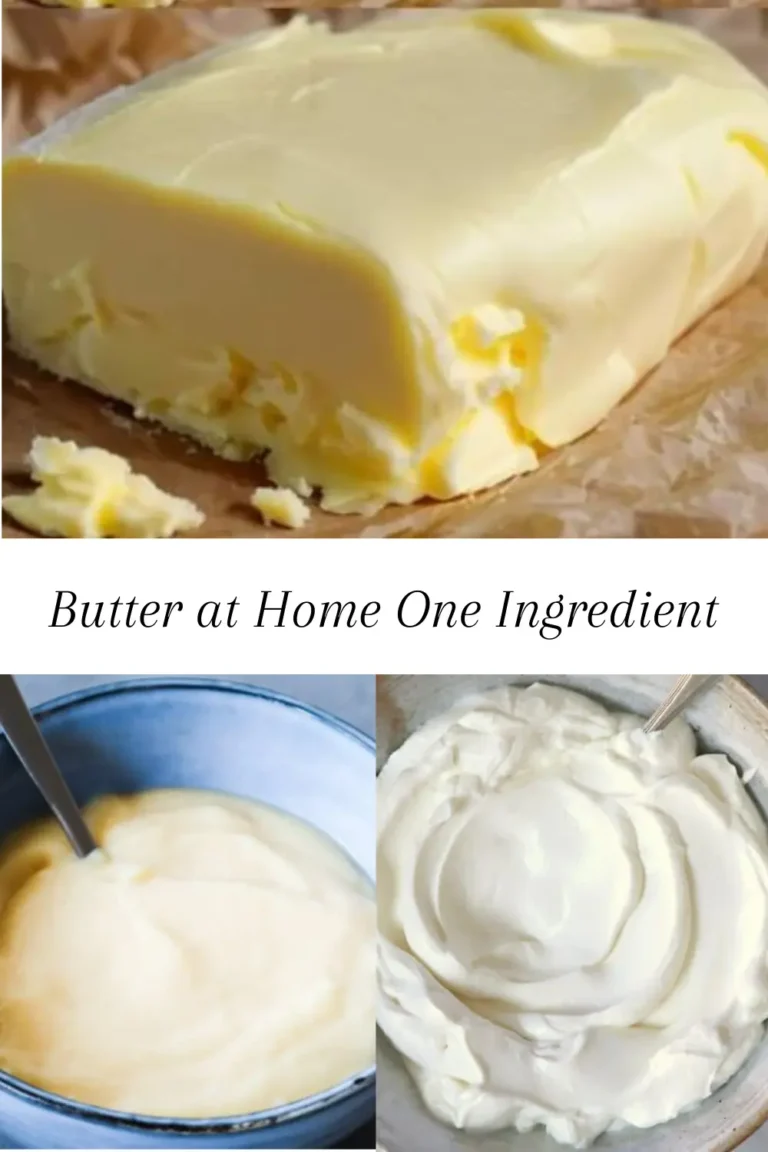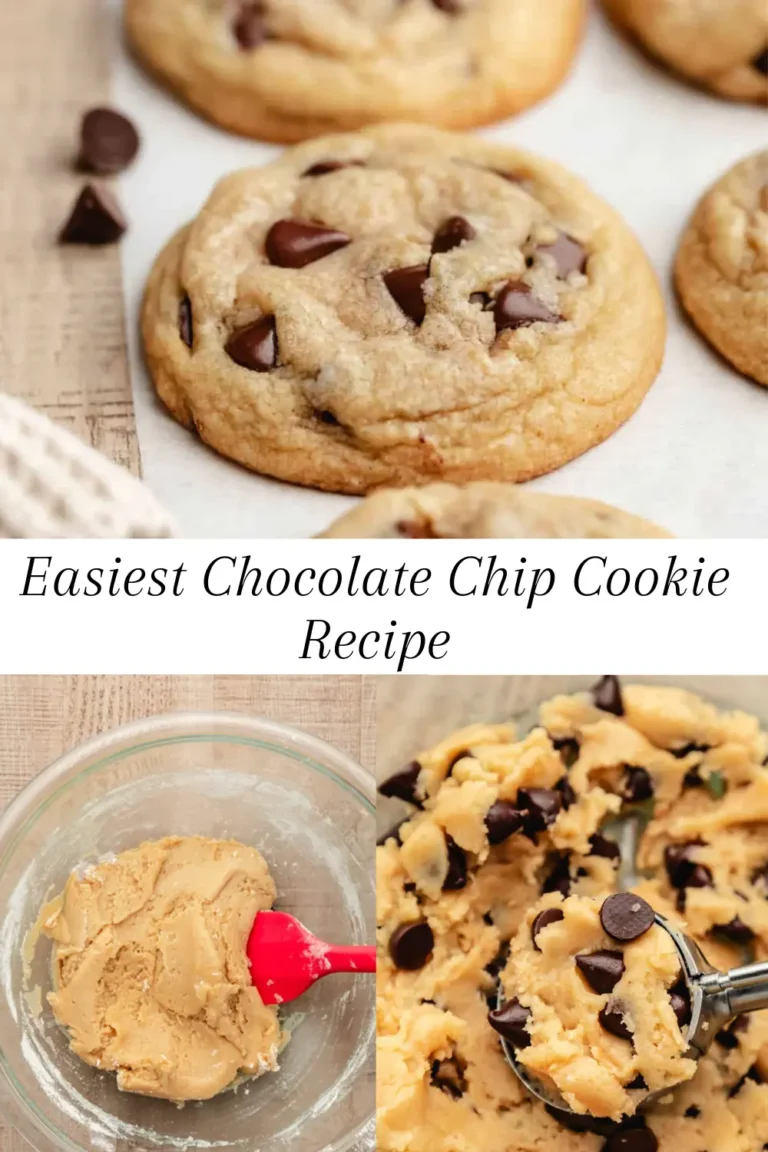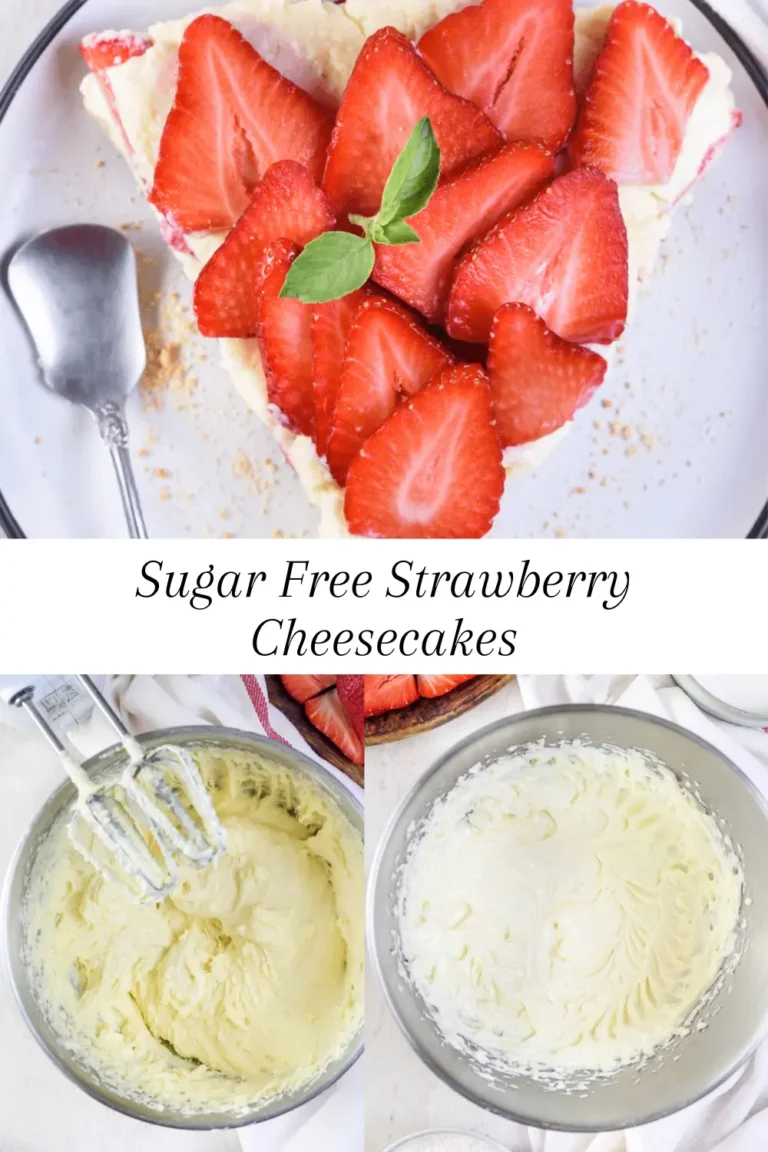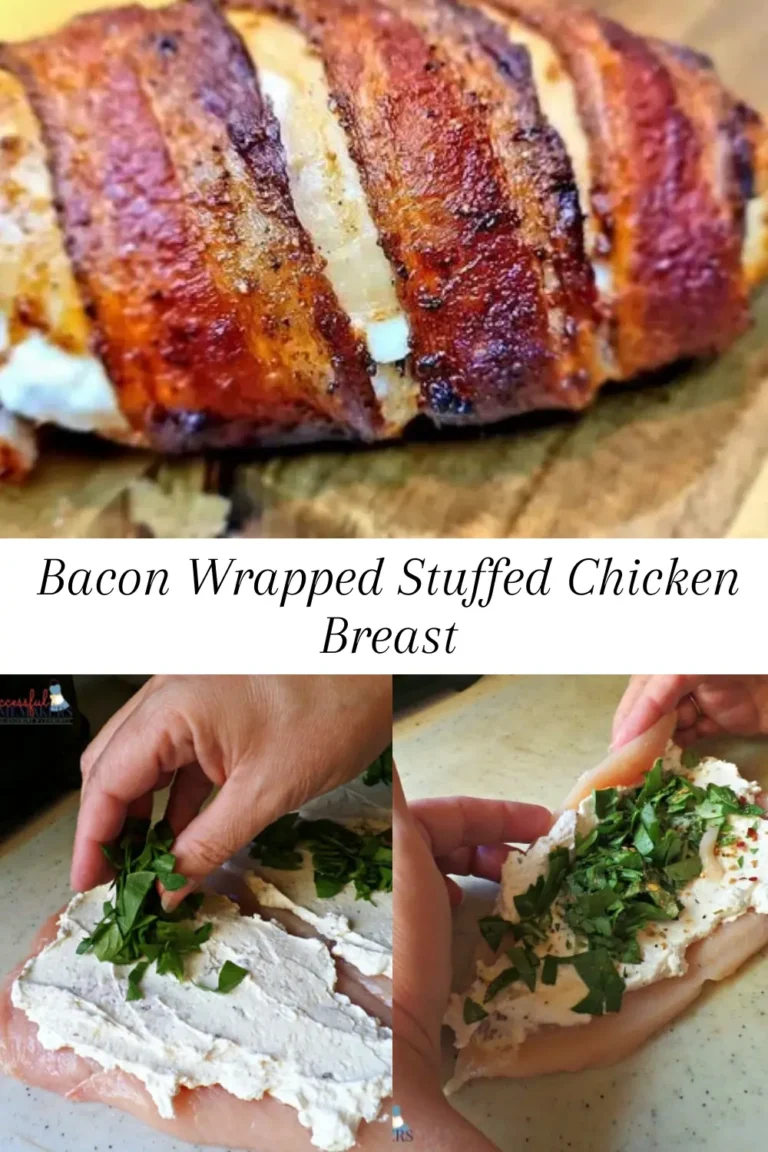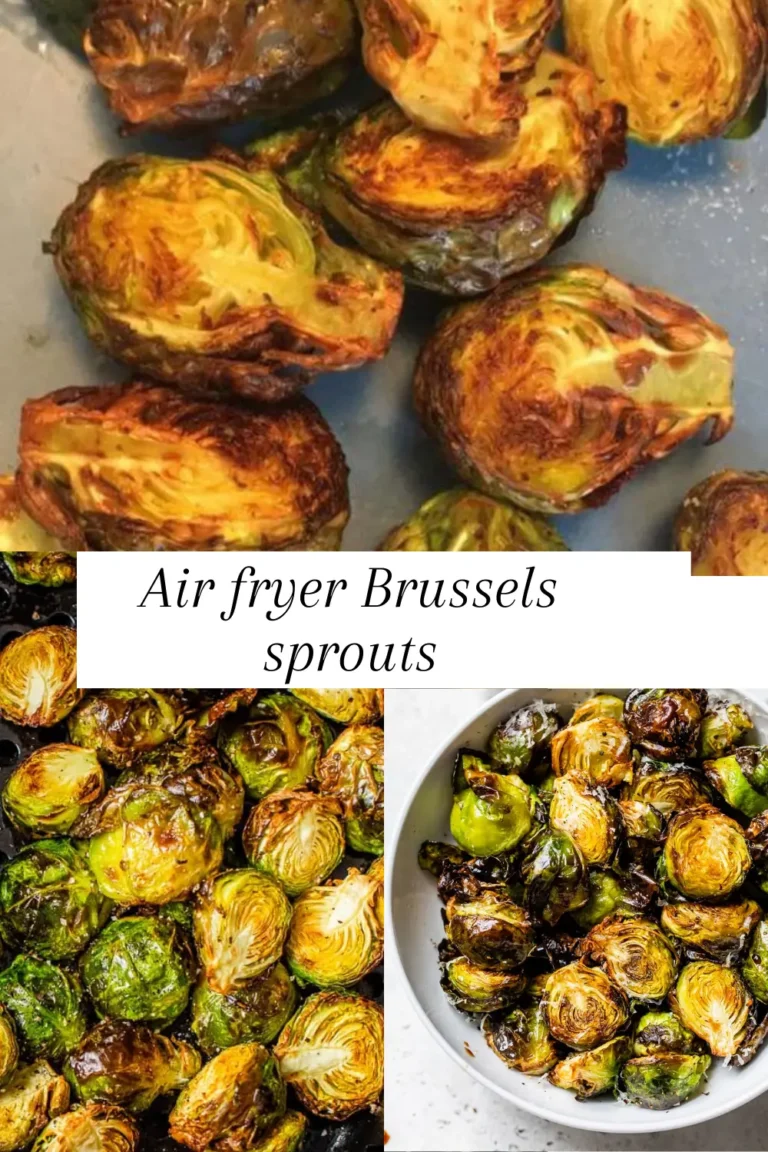Buttermilk Biscuits
Buttermilk biscuits have a rich and storied history that traces back to the Southern United States, where they emerged as a staple in households and kitchens. Their origins can be linked to the British traditions of biscuit-making brought over by early colonists, who adapted their recipes to use local ingredients. Over time, buttermilk biscuits evolved, reflecting the agricultural practices of the South, particularly the use of buttermilk as a leavening agent in place of other more expensive ingredients.
The presence of buttermilk biscuits is deeply embedded in the culture of Southern cuisine, often associated with comfort, hospitality, and gatherings. They have become synonymous with family meals and celebrations, where their flaky texture and warm aroma evoke a sense of nostalgia and tradition. Countless families have passed down their unique biscuit recipes through generations, each one holding its individual stories and memories tied to the act of baking. The communal aspect of preparing and sharing these biscuits often signifies more than just the food itself, representing love, care, and the importance of togetherness.
What Makes Them Special
Creating the perfect buttermilk biscuits requires a harmonious blend of ingredients, each serving a specific purpose in achieving that desired texture and flavor. The foundation of any biscuit recipe typically begins with all-purpose flour. This versatile ingredient is preferred due to its moderate protein content, which helps develop gluten while still allowing for a tender crumb. It provides the structure needed to support the layering that characterizes a well-made biscuit.
Equally important to this process are the leavening agents—baking powder and baking soda. These ingredients work in tandem to create the light, fluffy texture that is synonymous with buttermilk biscuits. Baking powder releases carbon dioxide when hydrated and heated, causing the dough to rise. On the other hand, baking soda, which requires an acidic component like buttermilk for activation, enhances browning and aids in the biscuit’s lift. The balance between these two leaveners is crucial for achieving the optimal texture.
The Art of Making Buttermilk Biscuits
Embarking on the journey to create buttermilk biscuits is as much about the tactile and sensory experiences as it is about following a recipe. The first step involves gathering your ingredients, setting the stage for what will become a delightful baking endeavor. As you mix the dry ingredients, the sound of the whisk dancing in the bowl creates a rhythm that sparks anticipation. Each flick of the wrist incorporates air into the mixture, establishing the foundation for fluffy, tender biscuits.
Once your dry ingredients are well blended, it’s time to add the cold butter. The sensation of the chilled fat melting into the flour mix is vital; the aim is to create small, pea-sized clumps that promise a flaky texture. This is where gentle handling becomes crucial. Overworking the dough can lead to dense biscuits—petting it carefully allows gluten to relax, ensuring your buttermilk biscuits rise beautifully when placed in the oven.
Serving and Enjoying Your Buttermilk Biscuits
Freshly baked buttermilk biscuits offer a delightful experience that can easily enhance any meal or occasion. When the golden, flaky biscuits emerge from the oven, they are not just a culinary creation; they become a vessel for endless pairing possibilities. One of the most delightful ways to enjoy these biscuits is by slathering them with a variety of spreads. For a sweet contrast, consider pairing them with local honey, homemade jams, or preserves. Strawberry and raspberry jams complement the buttery flavor wonderfully, adding a touch of fruitiness that balances the rich texture of the biscuits.
Conversely, if you prefer savory options, consider using butter paired with a sprinkle of sea salt or even herb-infused butter. For a heartier dish, these versatile biscuits can serve as an accompaniment to soups and stews, soaking up the flavorful broth and enhancing your meal. Imagine serving buttermilk biscuits with a bowl of creamy tomato soup or a robust beef stew, where their softness and starchiness complement the liquid elements beautifully.
Ingredients
- 2 cups all-purpose flour
- 2 teaspoons baking powder
- ¼ teaspoon baking soda
- 1 teaspoon salt
- 7 tablespoons unsalted butter, chilled in freezer and cut into thin slices
- ¾ cup cold buttermilk
- 2 tablespoons buttermilk for brushing
Instructions
- Gather the ingredients. Preheat oven to 425 degrees F (220 degrees C). Line a baking sheet with a silicone baking mat or parchment paper.
- Whisk flour, baking powder, baking soda, and salt together in a large bowl. Add cold butter slices and cut into the flour with a pastry blender until the mixture resembles coarse crumbs.
- Make a well in the center of the mixture. Pour cold buttermilk into the well and stir gently until just combined. Turn dough onto a floured work surface and pat it together into a rectangle.
- Fold the rectangle in thirds. Turn dough a half turn, gather any crumbs, and flatten back into a rectangle. Repeat twice more, folding and pressing the dough a total of three times.
- Roll dough on a floured surface to about 1/2 inch thick. Use a 2 1/2-inch round biscuit cutter to cut biscuits. Reroll any scraps to cut more biscuits; you should get 12 total.
- Transfer biscuits to the prepared baking sheet. Press an indent into the top of each biscuit with your thumb. Brush buttermilk over the tops.
- Bake in the preheated oven until biscuits are flaky and golden brown, about 15 minutes. Enjoy!

